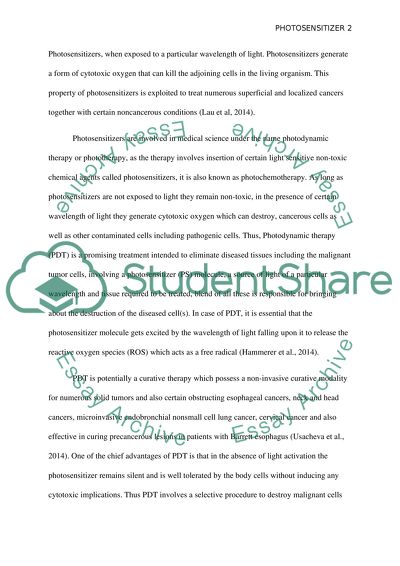Cite this document
(“Photosensitizer Essay Example | Topics and Well Written Essays - 3000 words”, n.d.)
Retrieved from https://studentshare.org/biology/1668372-photosensitizer
Retrieved from https://studentshare.org/biology/1668372-photosensitizer
(Photosensitizer Essay Example | Topics and Well Written Essays - 3000 Words)
https://studentshare.org/biology/1668372-photosensitizer.
https://studentshare.org/biology/1668372-photosensitizer.
“Photosensitizer Essay Example | Topics and Well Written Essays - 3000 Words”, n.d. https://studentshare.org/biology/1668372-photosensitizer.


